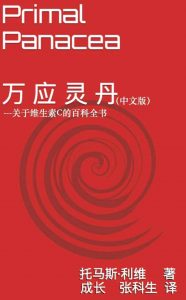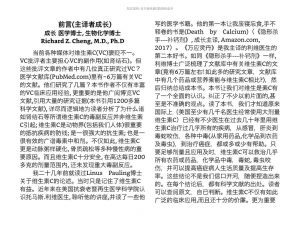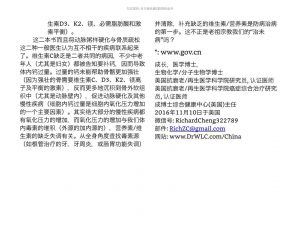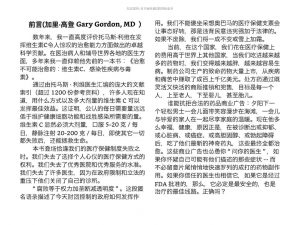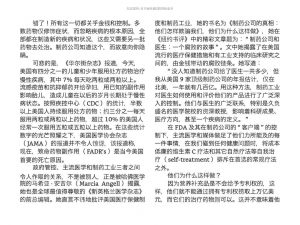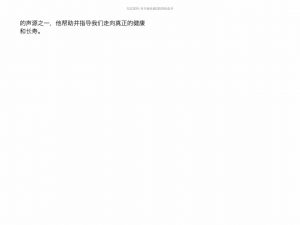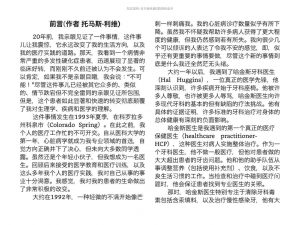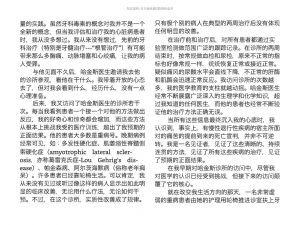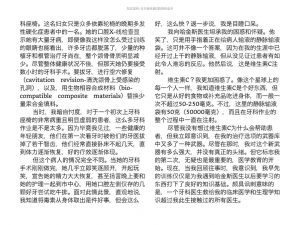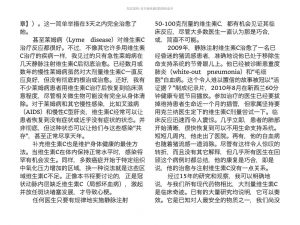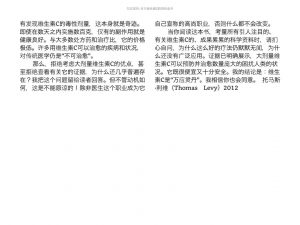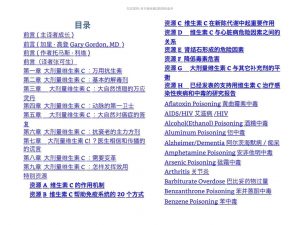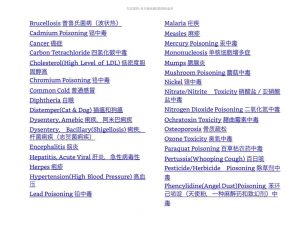有人问焦虑,抑郁症的治疗。分享以前一文(今天与一位20多岁的美国年轻人谈及焦虑/抑郁。焦虑/抑郁在当代美国年轻人中十分普遍。我聊了不少自然的,副作用少的减压方式。下面是关于镁,分享于此。)
镁用于焦虑/抑郁:
如果您或您的朋友或患者患有焦虑症,抑郁症(或失眠症,偏头痛),您应该在使用处方药之前考虑使用镁(可能还有褪黑激素)。(亦可加用CBD油, 但国内可能还没有).
焦虑和抑郁今天如此猖獗,许多人依靠药物来对抗它们。许多这些药物会导致成瘾和其他问题。镁是一种天然营养成分,具有非常强大的抗焦虑,抗抑郁作用,非常便宜和安全。口服镁几乎不可能引起任何严重的副作用(除了潜在的腹泻)。
以下是镁对焦虑抑郁症的近期临床研究。
1.这项2018年多中心随机和对照欧洲研究涉及264名成年患者,镁(乳酸镁300 mg)缓解了这些患者的压力。严重焦虑/抑郁患者可加用维生素B6。 Puteau 2018 [30562392]。
2.在这项涉及126名成年人的2017年临床研究中,研究人员得出结论:“镁(Mg Chloride 248mg)对成人轻度至中度抑郁症有效。它起效迅速,病人耐受性高, 无需密切监测毒性“。 Tarlton 2017 [28654669]。
3.在这项2004年招募了264名患者的2004年临床研究中,发现镁可有效治疗轻度至中度焦虑症。 Hanus 2004 [14741074]。
最后,焦虑抑郁症并非单纯精神系统疾病。焦虑抑郁症有其全身因素,建议使用功能医学原则及手段进行焦虑抑郁症的干预。
镁离子制剂有多种。主要区别在胃肠吸收率以及血脑屏障穿透率(即能够到达中枢神经系统,脑,的能力)。我诊所使用我的配方:Magnesium Citrate/Glycinate (甘氨酸镁/枸椽酸镁)及Magnesium Threonate (苏氨酸镁)。甘氨酸镁/枸椽酸镁既有足够的肠胃道吸收,也有足够的不吸收,促进排便,是我们常用的。苏氨酸镁更易达到脑部,更多用于各种头疼,焦虑,失眠,镇静等。
根据临床用途,镁补充剂有3个主要“类别”:
- 优异的GI吸收(包括镁的甘氨酸盐,柠檬酸盐,天冬氨酸盐,乳酸盐和氯化物)。这是最常用的一组镁制剂。我们在所有临床条件下使用甘氨酸镁/柠檬酸镁的组合。我们也使用这种组合来治疗便秘或促进肠蠕动。
- 吸收不良(氧化镁和硫酸盐)。该组肠胃吸收最少,治疗便秘的效果最明显。
- 血脑屏障穿透:苏糖酸镁。我们将此用于中枢神经问题,包括严重的偏头痛,失眠,焦虑,抑郁等。
Magnesium for Anxiety/Depression:
If you or your friends or patients suffer from anxiety, depression (or insomnia, migraine headaches), you should consider magnesium (and probably melatonin) before using prescription drugs. I recommend Magnesium first, adding melatonin (if sleep is also an issue) and CBD oil.
Anxiety and Depression are so rampant today and many rely on drugs to combat them. Many of these drugs can cause addiction and other problems. Magnesium, a natural nutritional element, has pretty powerful anti anxiety, anti depression effect and is very cheap and safe. Oral magnesium is nearly impossible to cause any serious side effects (apart from potential diarrhea).
Here are a few recent clinical studies of Magnesium on Anxiety/Depression.
1. This 2018 multi-center randomized and controlled European study involving 264 adult patients, magnesium (Mg Lactate 300 mg) alleviated stress in these patients. Vit B6 can be added for severe anxiety/depression patients. Puteau 2018 [30562392].
2. In this 2017 clinical study involving 126 adults, the researchers concluded “magnesium (MgCl2, 248 mg) is effective for mild-to-moderate depression in adults. It works quickly and is well tolerated without the need for close monitoring for toxicity”. Tarlton 1027, [28654669].
3. In this 2004 clinical study where 264 patients were enrolled, magnesium was found to be effective in treating mild to moderate anxiety disorders. Hanus 2004, [14741074].
Me:
Depending on the clinical uses, there are 3 major ”classes“ of Magnesium supplements:
1. excellent GI absorption (including magnesium glycinate, citrate, aspartate, lactate, and chloride). This is the most common group. We use a combination of Mg Glycinate/Citrate for all clinical conditions. We also use this combo to for constipation or for promoting bowel movement.
2. Less well absorbed (magnesium oxide and sulfate). This group is least well absorbed with the most obvious effect on constipation.
3. Blood-brain barrier penetrating: Magnesium threonate. We use this for CNS problems including severe migraine headaches, insomnia, anxiety, depression etc.

